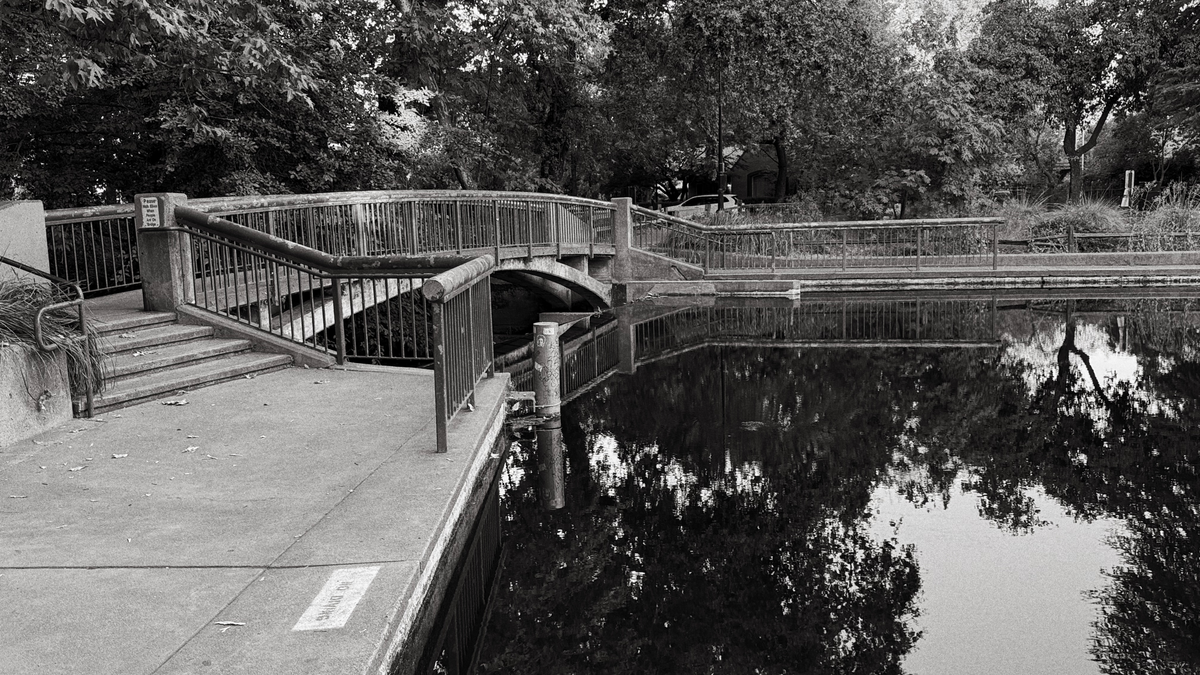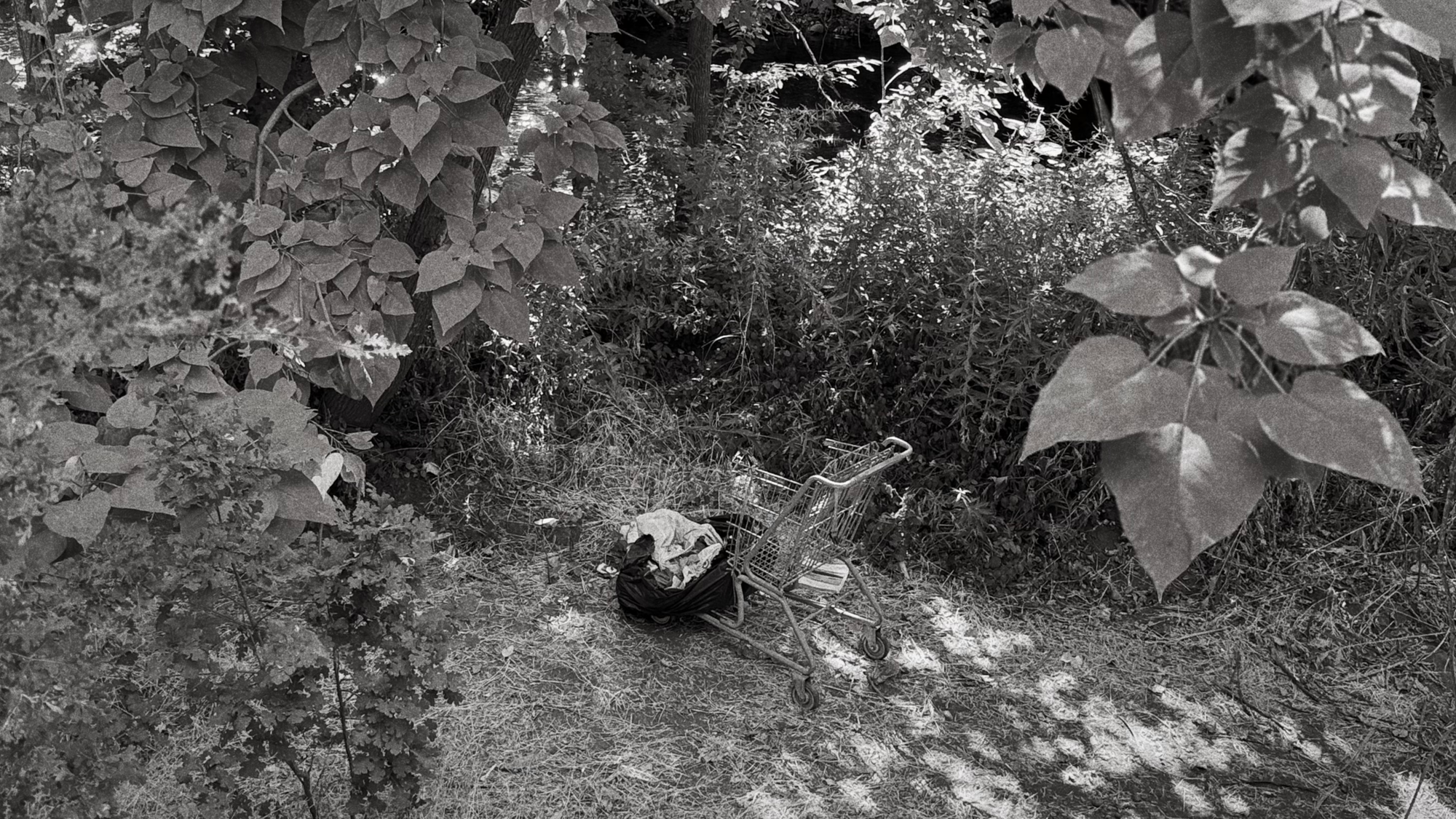Uncovering the Poop Problem: What's Really Fouling Big Chico Creek?
Public health officials have been on a mission to find out why kids are getting sick after swimming in Big Chico Creek.

Imagine a detective story where the clues keep changing! That's a bit like what's happening with the E. coli O157:H7 outbreak in Big Chico Creek here in Chico, Ca.. Public health officials have been on a mission to find out why people are getting sick after swimming in the creek, and the journey to uncover the source has taken some surprising twists and turns.
Let's dive into the investigation's journey, from initial hunches to the most recent, compelling clues.
The Hypothesis
An email from Dr. Jarett Beaudoin to Monica Soderstrom (Public Health Director) on Tuesday, July 15, 2025, at 9:43:05 PM:
"...we don't know for sure that STEC is living in sediment from Park Fire and that this is causing the outbreak... it could be ducks, goats, deer, babies, nutrients from golf courses, encampments, bad septic tanks, or any combination of those."
STEC is (Shiga toxin-producing E. coli).
The First Suspect: Goose Poop!
When the investigation began, the first big suspect was birds, especially geese. Why geese? Because the Centers for Disease Control and Prevention (CDC) remembered a similar E. coli outbreak in Lake Wildwood in 2017 where "Canada geese [were] amplifying the pathogen". This past experience made them immediately wonder if "geese or other birds might be frequenting the untreated venues in Chico".
Following this strong lead, the team planned to test water and sediment samples for "microbial source tracking markers specific to bird feces" and even "markers specific to mitochondria of goose (given the Wildwood association)". They even specifically chose Horseshoe Lake as a sampling site "due to goose exposure". Butte County Public Health (BCPH) went so far as to collect up to "10 samples" of goose scat (poop) in special tubes to send for testing. Haley McKeel from the CDC was even "on the lookout for the shipment of goose scat samples".
A Detour: Not the Geese, Maybe Deer?
However, the goose theory quickly hit a snag. The test results came back, and the CDC reported that: "E. coli O157 was not isolated from any of the goose scat samples sent to CDC". Plus, no O157 was found at Horseshoe Lake, which was supposed to be a hot spot for geese.
While general bird fecal markers were found, the goose-specific marker wasn't detected at the main outbreak sites. Ruminant (animals like cows, deer) fecal markers were found in water and sediment at Sycamore Pool, CCNC, and Five Mile Rec Area, but "The cow-specific fecal marker was not detected".
With geese ruled out and cows unlikely, the investigation looked for other animal culprits. Ashley Wais, the BCPH Epidemiologist, and Dr. Jarett Beaudoin, the BCPH Health Officer, began discussing "conducting further animal testing (specifically deer)". They researched labs that could test deer scat and how to collect it, even wondering if they should ask Fish and Wildlife for help with "baiting deer". Dr. Beaudoin reached out to Fish and Wildlife experts, noting that "experts who in the past have linked this type of infection to cattle, geese, and deer".
Human Fecal Markers Found
Then came a "very significant" discovery. Mia Mattioli from the CDC reported that "The human fecal marker was also detected in water from Sycamore Pool, CCNC, and Five Mile Rec Area". What made this especially concerning was her observation that, because samples were collected moving upstream, these results:
"Suggest ongoing contamination flowing in the creek at the time of collection".
Lisa Almaguer, BCPH's Public Information Officer, immediately recognized the weight of this, stating that if human waste was found, it would be
"Very significant news for the City and Public Health to announce".
Internal Conversations: Significance vs. Certainty
Even with this important finding, BCPH staff engaged in a debate about how much this definitively proved. BCPH epidemiologist Ashley Wais explained that while microbial source tracking (MST) can "provide general insight into what species contributed to the fecal load," it "has many caveats and will not be able to definitively tell us where the O157 came from".
She felt that simply finding human markers "may not be that significant of a finding" on its own, because it doesn't automatically pinpoint the exact E. coli O157 strain causing the outbreak.

Dr. Beaudoin agreed with this cautious approach. He emphasized that MST "won't be able to link the O157 bacteria to an animal" (or a human) but rather helps "target our investigation on higher yield animals". He even shared a quote from an expert: "the trouble is, you never really know if the high-volume crappers are the crappers you are looking for". He further noted that despite the CDC's genetic analysis suggesting a "common, continuous source," they hadn't "found it yet".
However, the idea of human sources wasn't new to Dr. Beaudoin. Even before the specific human markers were confirmed, he had explicitly raised "homeless encampments" and "leaky septic tanks from homes along the creek" as possible reasons for high E. coli levels at Sycamore Pool. He asked if these were areas where public health could "intervene".
He even suggested to City Public Works that if they wanted to "expedite things," they could "bump up testing to daily to see if the levels come down with less swimming and the encampment cleared upstream".
He also specifically asked the Waterboards if their lab could do an initial test for "Human vs Ruminant" E. coli to help decide if the issue was related to "a human-camp or septic system". Katie Gilman from the Waterboards even shared that in Shasta County, an E. coli issue was "determined to be a leaking septic system".
What's Next for Finding the Human Source?
BCPH and City of Chico - with the clear detection of human fecal markers and the ongoing discussions about encampments and septic systems, what are the next concrete steps for the City and Public Health to truly pinpoint and address these human sources?
Dr. Beaudoin indicated that BCPH plans to "be working with the water board (hopefully) to do a more thorough survey of the creek upstream of five mile".
This suggests a continued effort to track the source, but it's not explicitly detailed whether this "thorough survey" will include direct investigation into specific human-related infrastructures or areas like encampments, especially given the earlier suggestions for targeted actions.
This brings us back to the crucial question:
Given the clear detection of human fecal markers in water samples from Sycamore Pool, Chico Creek Nature Center (CCNC), and Five Mile Recreational Area, what specific, targeted field investigations or interventions are being planned or conducted to directly identify and address potential human sources, such as homeless encampments or failing septic systems, rather than solely relying on general upstream surveys or focusing on other animal sources?
